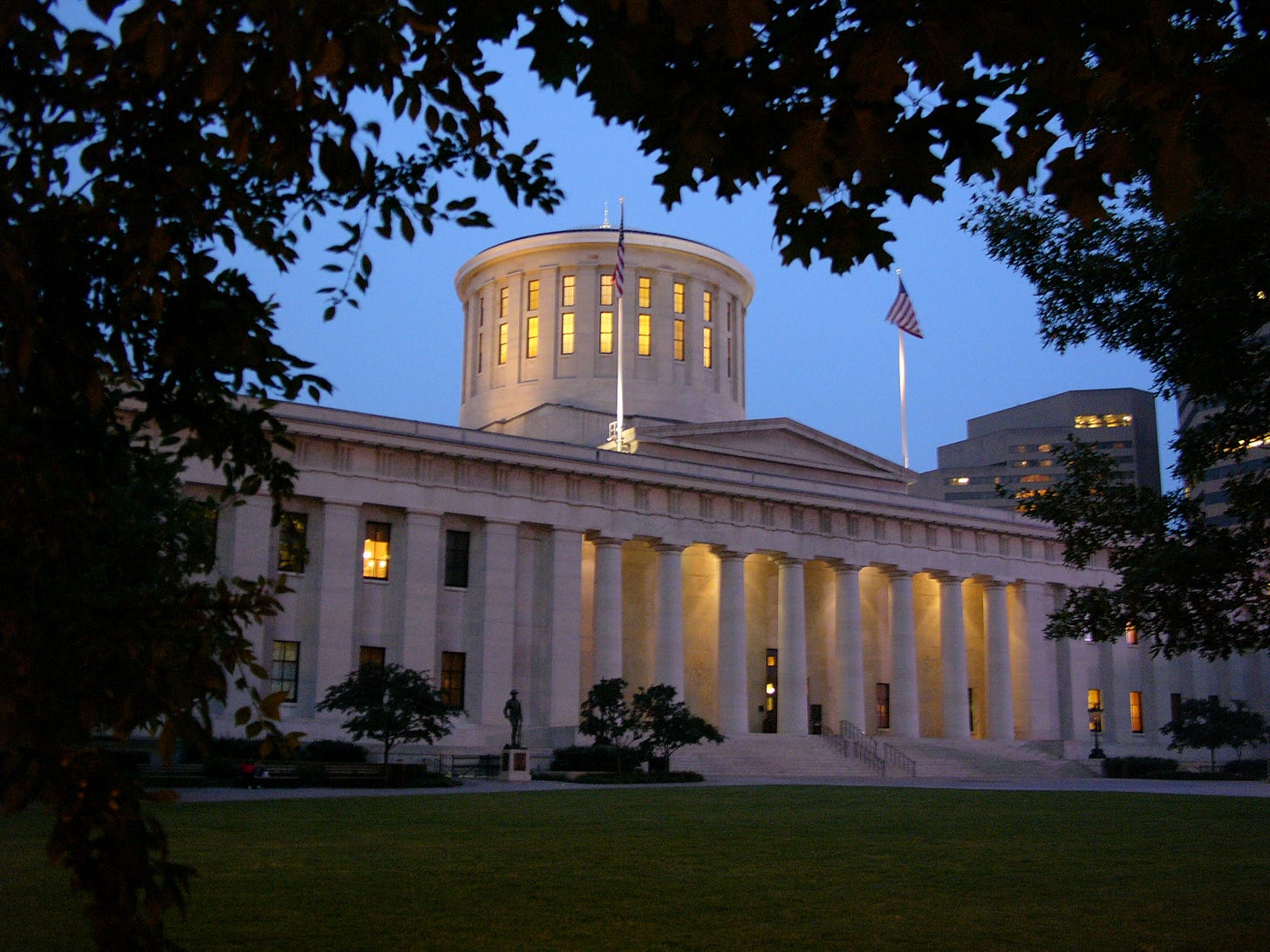Mediation is a Better Option Than a Hearing
Negotiating Adoption Assistance
UPDATE NOTE: After a conversation with a staff member of the Ohio’s Youth and Family Ombudsmen Office, I learned that parents should request mediation first and then decide whether or not to file a complaint with the Ombudsmen if the mediation fails. It seems to me that a complaint is warranted if the county agency does not comply with federal and state criteria for negotiating an adoption assistance agreement during the mediation. For example;
The agency does not really participate in the negotiation process that is the basis of the mediation.
During the mediation, the agency fails to consider the effect of quitting or reducing outside employment to meet the child’s care needs or the need for specialized child care.
The agency insists on an adoption assistance payment that is far less than the foster care payment arranged by the agency that was based on the child’s level of care. Contrary to what adopting parents are often told, there are no federal or state policies that require, or even suggest, adoption assistance payments should be less than foster care payments, when foster caregivers become the child’s legal parents. That’s why federal law has always stated that federal funding is accessible for monthly adoption assistance up to the child’s foster care payment rate.
Once again, the state Ombudsmen Office is just beginning its work. I will try to keep an eye on developments. Please let me know what you learn.
Now to Mediation
When parents adopt children from Ohio’s foster care system, they soon discover that the federal Title IV-E Adoption Assistance (subsidy) is unique among public support programs. Unlike fixed benefit programs, neither eligibility nor the amount of adoption assistance is based on the adopting parents’ income. Adoption Assistance payments are determined by written agreements negotiated between the parents and the county children services agency.
When it comes to negotiating adoption assistance agreements with Ohio county agencies, adoptive families fall into three groups. In the first group (the lucky few), the agency proposes a monthly adoption assistance payment that actually reflects the child’s needs and the family’s circumstances. The second group of parents settle for inadequate amounts of assistance because they are not lucky enough to run across the kind of information that gives them the confidence to challenge questionable agency decisions. The third group is informed enough to board the crazy train for a long, bumpy ride through “Negotiationland,” a trip filled with frustrating breakdowns in communication and misinterpretation of federal and state adoption assistance policies. (For more detailed discussion of adoption assistance negotiations in Ohio, see the articles in the Archives section).
The Ohio Department of Job and Family Services (ODJFS) recognizes that negotiation of adoption assistance as a significant problem. “Strengthen and standardize adoption subsidy negotiation process” was singled out as a recommendation on page 18 of in the Governor’s 2020 Child Welfare Transformation Task Force Report
In recent years, over 70% of Ohio children adopted from the foster care system are adopted by their foster parents. Yet, ODJFS records indicate that adoption assistance payments average less than half the child’s foster care payments. Although parents have the right to appeal agency decisions through state administrative hearings, the hearing system provides no effective mechanism to decide how much monthly adoption assistance a family should finally receive. (More about that later).
ODJFS’ revised mediation program is a better first option than a hearing when adoption assistance negotiations with county agencies reach an impasse. State mediators are now well-versed in federal adoption assistance law. As neutral third parties, state mediators cannot impose an adoption assistance agreement on the parents and agency, but the mediation process is structured to guide the parties through the negotiation process, as set forth in the federal Child Welfare Policy Manual. (See 3 more detailed articles below in the Archives Section that offer suggestions discussing preparation for Mediation).
Using the Child Welfare Policy Manual as a rulebook is a major step forward. For decades, Ohio’s IV-E State Plan has committed the state to abide by “official” federal policy interpretations, as a condition for federal funding. Nevertheless, until recently, the negotiation of adoption assistance was undermined by the state’s failure to inform county agencies and hearing officers that the Child Welfare Policy Manual contains authoritative interpretations of federal law.
Instead of conducting head-to-head negotiations, state mediators meet separately with the parties, shuffling back and forth in search of an agreement. By its nature, mediation nudges the parents and agency toward compromise. The good news is that agencies are likely to agree to higher monthly adoption assistance payments than they offered prior to mediation. How much higher depends on the individual situation. Summaries of the mediation and adoption assistance agreements finally reached are not published.
On the other hand, the mediation process is not likely to produce adoption assistance agreements that match the child’s foster care payments, particularly those based on an extraordinary level of care, where the two parties are often several hundreds of dollars apart. Mediation does not tackle the major disparities between foster care payments and adoption assistance. But, it is worth a try in most cases. Parents may still choose a hearing, if they fail to reach an agreement through mediation. Also, if more and more parents opt for mediation instead of settling for inadequate adoption assistance agreements proposed by the agency, it might bring more pressure to improve the entire program.


